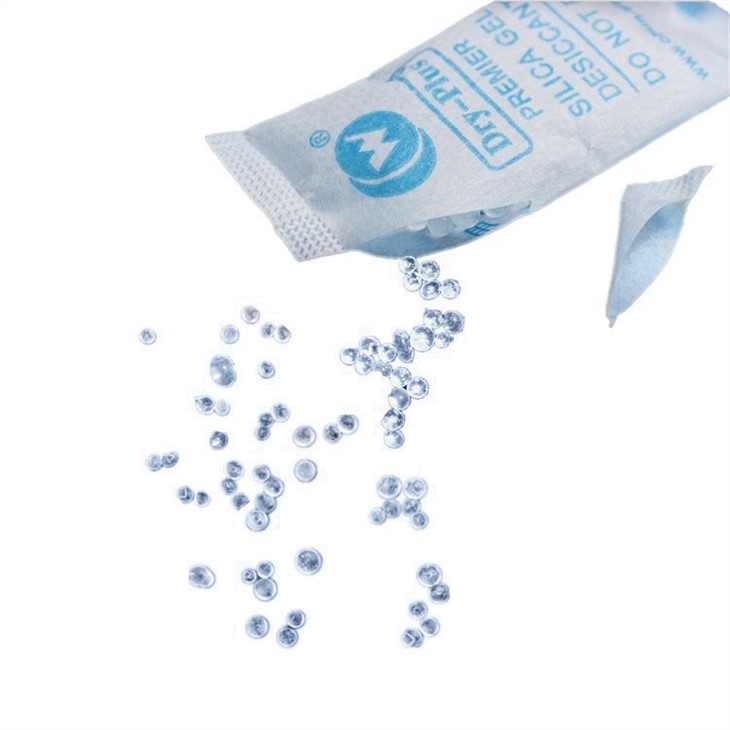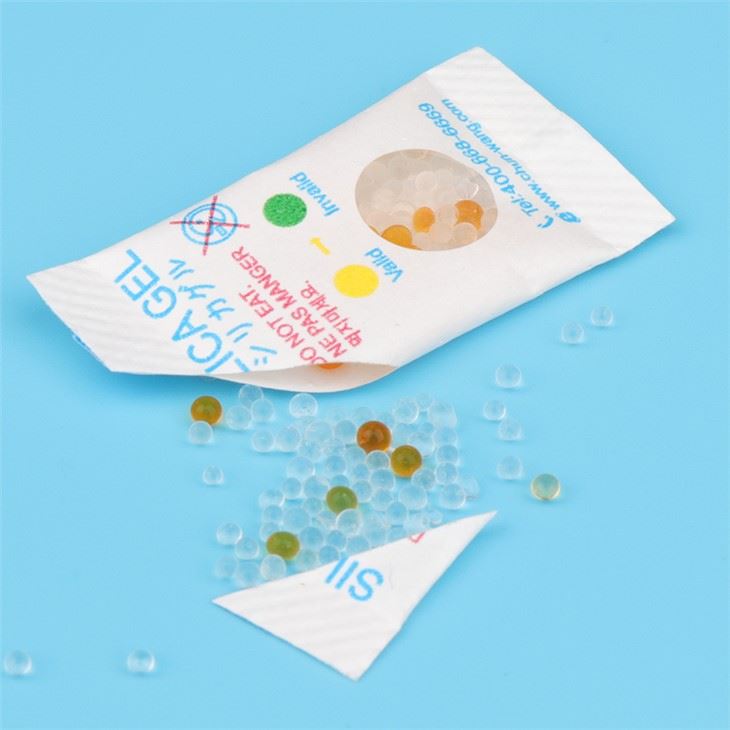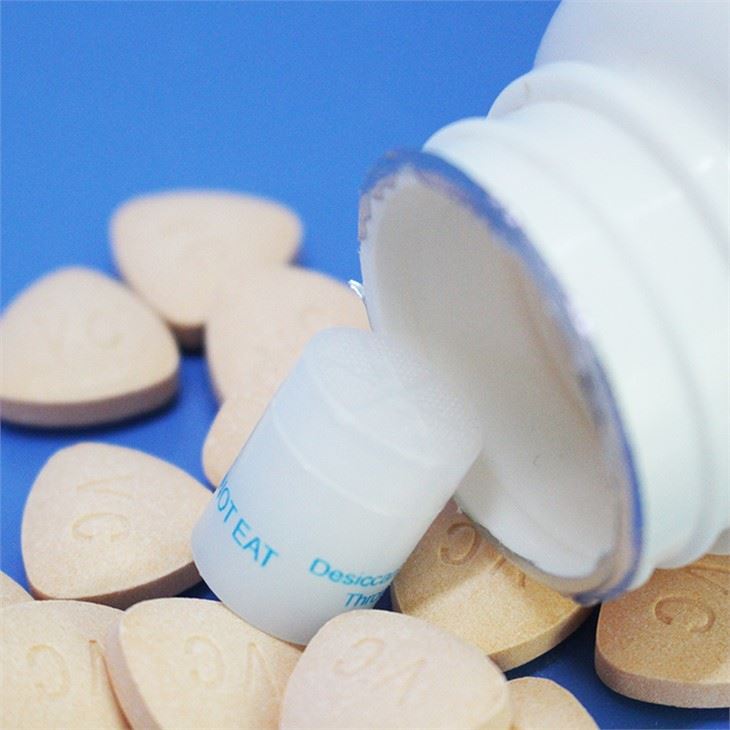Silica Gel Desiccant
18years Famous Desiccant Brand
We are a professional silica gel desiccant manufacturer with 18 years of professional industry knowledge and a modern industrial plant of 15,000 square meters.
Qualification Certificate
We had passed the ISO9001:2015, ISO14001:2015, BSCI, GMP and Walmart audits. Our products comply with RoHS certification and other certificates.
Safe Materials
The desiccant raw materials have been optimized, do not contain DMF, and comply with RoHS and Reach standards.
Excellent Services
Our sufficient production capacity ensures delivery dates, and complete supervision system ensures product quality. Work with a professional shipping team to ensure safe delivery..
-
![Silica Gel China]()
Silica Gel China
-
![Food Grade Silica Gel Desiccant DMF Free For Food Stroage]()
Food Grade Silica Gel Desiccant DMF Free For Food Stroage
-
![2g Desiccant Strip Packets For Automated Desiccant Dispensers]()
2g Desiccant Strip Packets For Automated Desiccant Dispensers
-
![High Quality Electronic Machines Used Silica Gel Moisture Absorbent]()
High Quality Electronic Machines Used Silica Gel Moisture Absorbent
-
![1gram Silica Gel Desiccant Strips]()
1gram Silica Gel Desiccant Strips
-
![2G DMF Free Silica Gel Desiccant For Food Stroage]()
2G DMF Free Silica Gel Desiccant For Food Stroage
-
![50g Silica Gel Desiccant Sachet Dryer Bag Composite Paper]()
50g Silica Gel Desiccant Sachet Dryer Bag Composite Paper
-
![30g Silica Gel Desiccant Sachet Dryer Bag Composite Paper]()
30g Silica Gel Desiccant Sachet Dryer Bag Composite Paper
-
![20g Silica Gel Desiccant Sachet Dryer Bag Composite Paper]()
20g Silica Gel Desiccant Sachet Dryer Bag Composite Paper
-
![10g Silica Gel Desiccant Sachet Dryer Bag Composite Paper]()
10g Silica Gel Desiccant Sachet Dryer Bag Composite Paper
-
![5g Silica Gel Desiccant Sachet Dryer Bag Composite Paper]()
5g Silica Gel Desiccant Sachet Dryer Bag Composite Paper
-
![3g Silica Gel Desiccant Sachet Dryer Bag Composite Paper]()
3g Silica Gel Desiccant Sachet Dryer Bag Composite Paper
What is Silica Gel Desiccant?
Silica gel is a "desiccant", which means that it's used to keep things dry. Silica gel is made from silicon dioxide - a compound naturally found in sand - and has small particles that can absorb large amounts of water. Therefore, desiccant silica gel packets are put in store-bought products to prevent damage due to humidity.
How does Silica Gel Work?
Silica gel can absorb up to 40% of its weight at high humidity levels. Its moisture absorbing capacity is based on large surface area created by surface pores and by interstitial micro pores that contain capillary channels. Polar water molecules drawn into the channels by capillary action are stored there until released. Silica gel can be used to maintain a specific relative humidity level (e.g., a low level as a desiccant) or to maintain an RH range (e.g., levels between 40 to 60% RH). Before use, the gel must be conditioned to the desired RH.
Characteristics of Silica Gel Desiccant
High Adsorption Capacity
Silica gel is known for its high adsorption capacity, meaning it can adsorb and hold onto moisture more effectively than many other desiccants.
01
Non-corrosive
Unlike some other desiccants, such as calcium chloride, silica gel is non-corrosive and will not damage or degrade the materials it comes into contact with.
02
Non-toxic
White, non-indicating silica gel is also non-toxic, making it safe for use with some foods and pharmaceutical applications. However, this is not true of blue indicating silica gel.
03
Regenerable
Silica gel can be regenerated for reuse by heating it to remove the moisture it has adsorbed. This makes it a cost-effective option for applications where desiccants need to be replaced frequently.
04
Versatile
Silica gel is available in a variety of sizes, shapes, and configurations, making it a versatile desiccant that can be tailored to a wide range of applications.
05
Different Types of silica Gel
White Non-Indicating Silica Gel
White non-indicating Silica gel is a desiccant with a very high purity level, owing to a high vapor capacity and an equally high drying efficiency.
White Silica gel is also nonreactive, which means that its color will remain white even after absorbing moisture. Its large surface area enables it to be used to keep sensitive products like medicines and electronics safe from moisture.
Blue Indicating Silica Gel
Blue indicating Silica gel is popular for having a high-water affinity and contains cobalt chloride, which gives it its distinctive electric-blue color. This silica gel is reactive and will change its color from blue to pink on reaching its maximum absorbing capacity.
This color-change is useful in indicating that it's time to reactivate it with heat and draw out the moisture. Once, dry, the beads turn blue again, ready to be reused. This type of Silica gel should not be used with edible items like medicines because of the high cobalt chloride content, which is poisonous.
Orange Indicating Silica Gel
Orange indicating Silica gel gets its color from its high content of methyl violet, a toxic and poisonous compound that helps the gel beads to change their color from orange to green on reaching maximum capacity.
Much like the blue gel, once the gel is green, it can be reactivated by heating, and ready to be used again once its dry and back to its natural orange color.
●Electronics packaging
●Pharmaceutical packaging
●Food storage
●Shoe boxes
●Handbags and luggage
●Jewellery and metal preservation
●Document preservation
●Artefact conservation
●Window condensation reduction
●Flower drying
●Gas purification
●Chromatography
●Aircraft equipment preservation
●Marine vessel storage
Steps to Dry Out & Reuse Silica Gel Repeatedly
Oven Method
• Preheat an oven to 275 degrees
• Lay the silica gel packets flat
• Bake for several hours
• Remove the baking sheet from the oven
• Store the cooled silica gel packet in an airtight container
Microwave Method
• Place the silica gel in a microwave safe container
• Heat the silica gel for three to five minutes
• Examine the silica gel for color change
• Continue checking it for color change
• Store the cooled silica gel packet in an airtight container
Comparison Chart: Oxygen Absorbers vs. Silica Gel
| Feature/Aspect | Silica Gel | Oxygen Absorbers |
| Primary Function | Moisture removal | Oxygen removal |
| Durability/Lifespan | It can be regenerated and reused | Single-use (non-regenerable) |
| Risks & Limitations | Doesn't address oxygen content | Targets only oxygen |
| Ingestion hazard | Potential vacuum in packaging | |
| Cost Implications | Initial costs might be higher, mitigated by reusability | Costs vary by capacity; it may be more cost-effective for oxygen control |
| Material Composition | Made from silicon dioxide | Often contain iron powder |
| Indication of Saturation | Some types change colour when saturated | No direct indication; often rely on package condition |
| Environmental Considerations | Reusable nature may reduce environmental impact | Non-biodegradable; require proper disposal |
| Common Applications | Electronics, pharmaceuticals, food, leather goods | Food preservation, pharmaceuticals |
Certificate
We had passed the ISO9001:2015, ISO14001:2015, BSCI, GMP and Walmart audits. Our products comply with RoHS certification and other certificates.
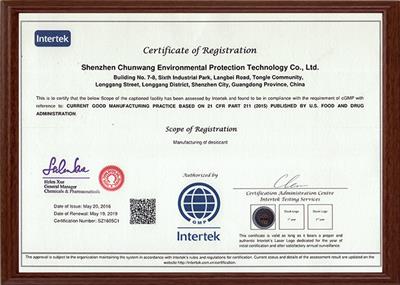
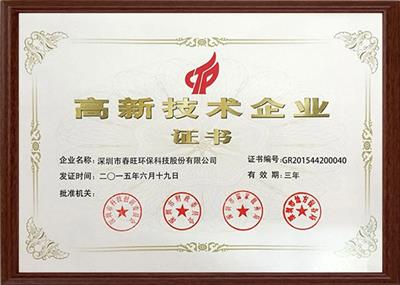
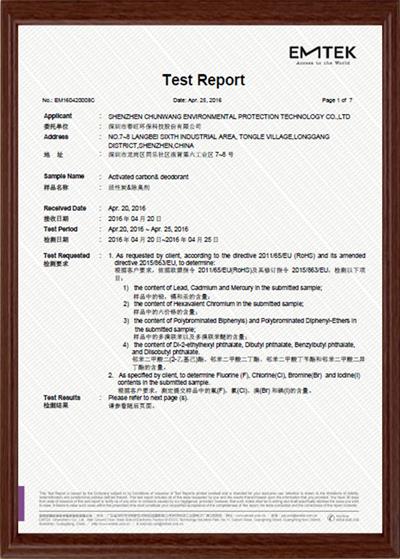
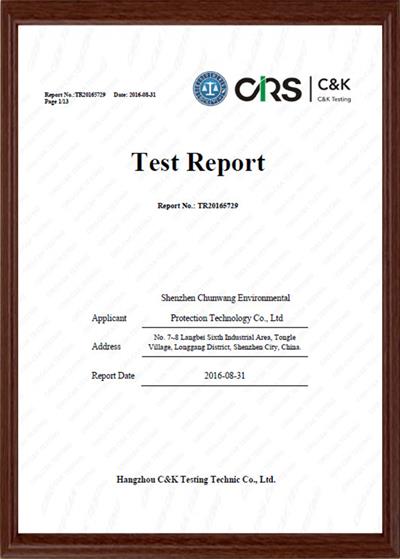
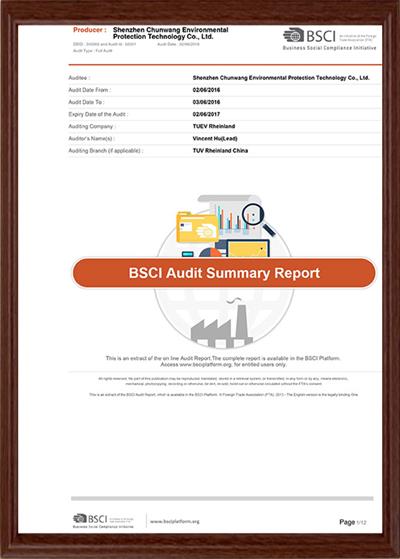
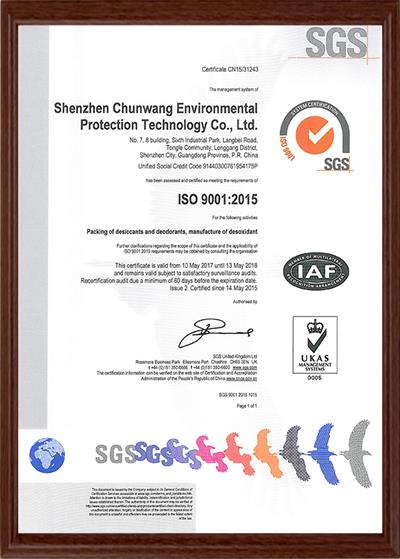
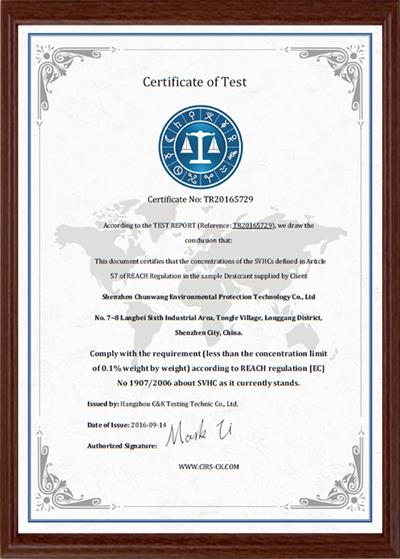
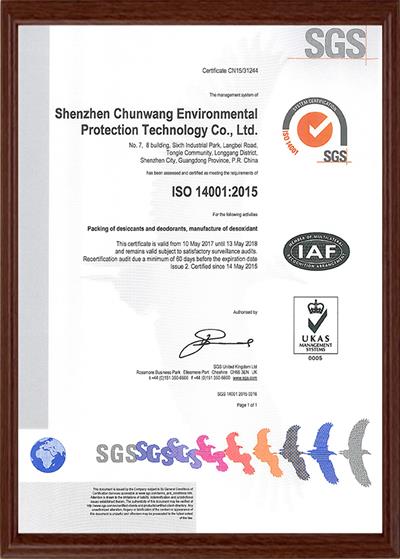
Common Problems
As one of the leading silica gel desiccant manufacturers and suppliers in China, we warmly welcome you to wholesale quality silica gel desiccant at competitive price from our factory.

















